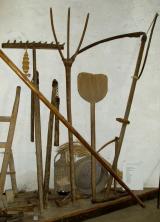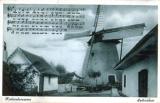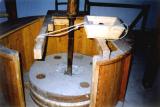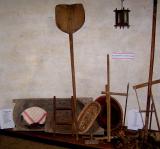2026. January 14. Wednesday
Dorozsma Windmill - Szeged - Kiskundorozsma
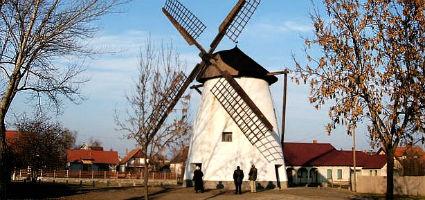 |
Address: 6791, Szeged - Kiskundorozsma Szélmalom u. 2/A
Phone number: (62) 463-112, (20) 954-2124
E-mail: szelmolnar51@freemail.hu
Opening hours: 01.03-30.10.: Tue-Sun 14-18
|
